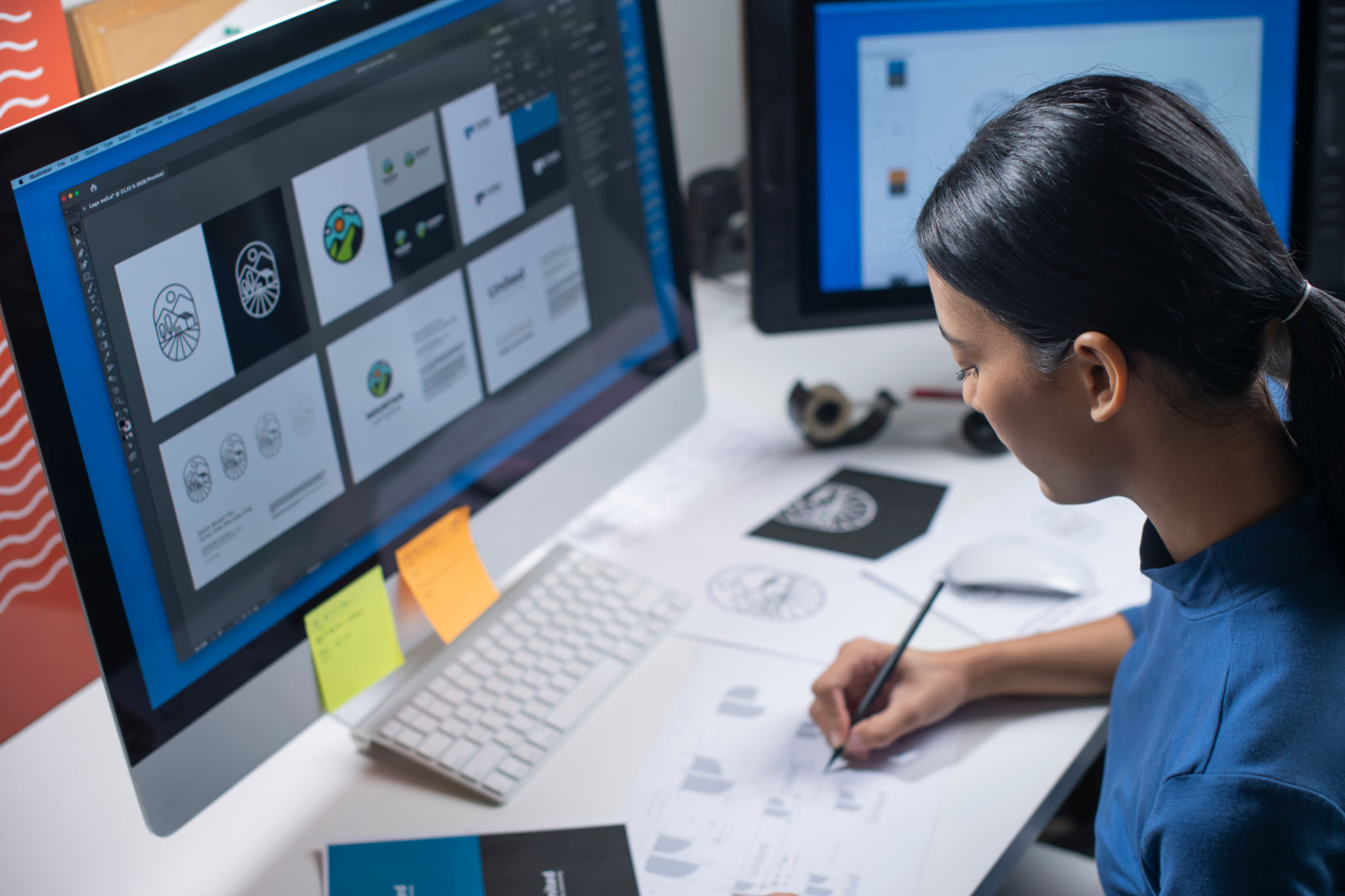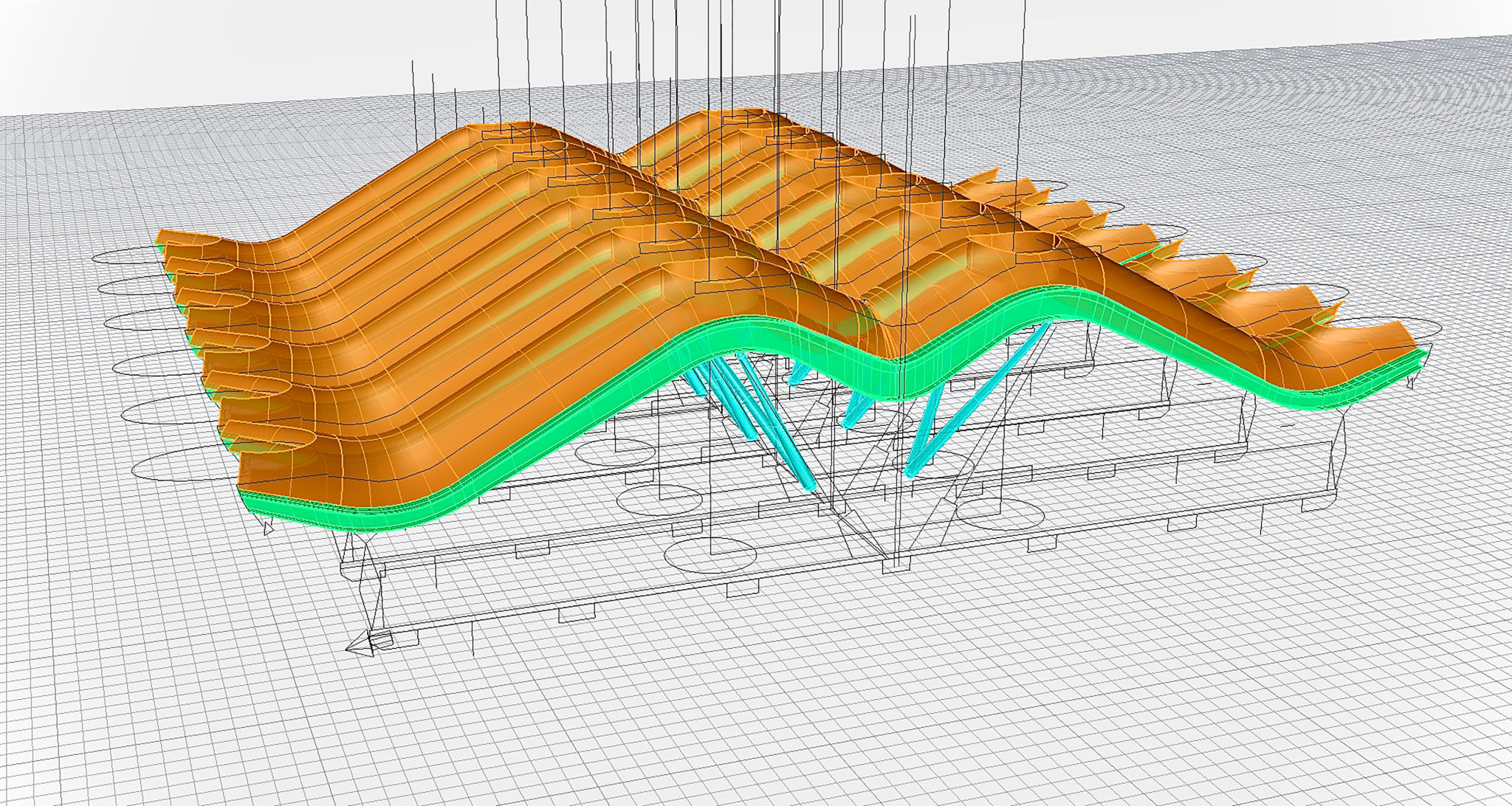Step-by-Step Guide to Creating 3D Models for Beginners
Understanding the Basics of 3D Modeling
3D modeling is a fascinating field that merges art and technology, allowing creators to design objects, characters, and environments in a three-dimensional space. Whether you're interested in animation, video games, or product design, learning how to create 3D models is an essential skill. In this guide, we will walk you through the basic steps to get started with 3D modeling.
Before diving into the practical steps, it's important to understand the fundamental concepts. At its core, 3D modeling involves creating a digital representation of an object using specialized software. These models are built using vertices, edges, and faces to shape the desired form. Familiarizing yourself with these terms and their functions is crucial for successful modeling.

Choosing the Right Software
Selecting the right software is a critical first step in your 3D modeling journey. There are numerous options available, each with its own strengths and learning curves. Popular choices for beginners include Blender, Tinkercad, and SketchUp. These programs offer user-friendly interfaces and abundant online resources to help you learn.
When choosing software, consider your specific needs and interests. For instance, Blender is a powerful open-source tool suitable for a wide range of applications, while Tinkercad is perfect for those who want to focus on simple designs and 3D printing. Download and install your chosen software to begin experimenting with its features.

Learning the Interface
Once you've selected your software, it's time to familiarize yourself with its interface. Most 3D modeling programs have a similar layout featuring a main workspace, toolbars, and panels for properties and settings. Spend some time exploring these components to understand how they work together.
Many programs offer tutorials or documentation to help you get started. Take advantage of these resources to learn essential skills such as navigating the 3D viewport, using basic tools like move, rotate, and scale, and understanding how to manipulate objects in your scene. This foundational knowledge will be invaluable as you progress.

Creating Your First Model
With a grasp of the basics, you can now try creating your first 3D model. Begin with something simple, such as a cube or a sphere, to practice manipulating shapes. Use tools like extrusion and scaling to modify your object and start forming your desired model.
As you work on your model, remember that patience and practice are key. Don't be discouraged by initial challenges; instead, use them as learning opportunities. Experiment with different techniques and explore tutorials to enhance your skills and gain confidence in your abilities.
Refining Your Model
Once you've created a basic model, the next step is to refine it by adding details and textures. This process involves adjusting the model's geometry to achieve a more realistic appearance and applying materials to mimic different surfaces.
Experiment with texture mapping to add color and patterns to your model. Most software provides a library of materials you can apply or allows you to import custom textures. This stage is where creativity truly comes into play, as you can experiment with various styles and effects.

Rendering Your Model
The final step in creating a 3D model is rendering, which involves generating a high-quality image or animation from your model. Rendering settings can be complex, but many software options offer presets that simplify the process for beginners.
During rendering, you'll decide on elements such as lighting, camera angles, and resolution. Experimenting with these settings can greatly impact the final output, so don't hesitate to try different combinations until you achieve the desired result. Once rendered, you'll have a polished image of your model ready for sharing or further development.
By following these steps and continually practicing, you'll develop your skills in 3D modeling and open up new creative possibilities. Remember that learning 3D modeling is a journey—each project will bring new insights and techniques to master.
